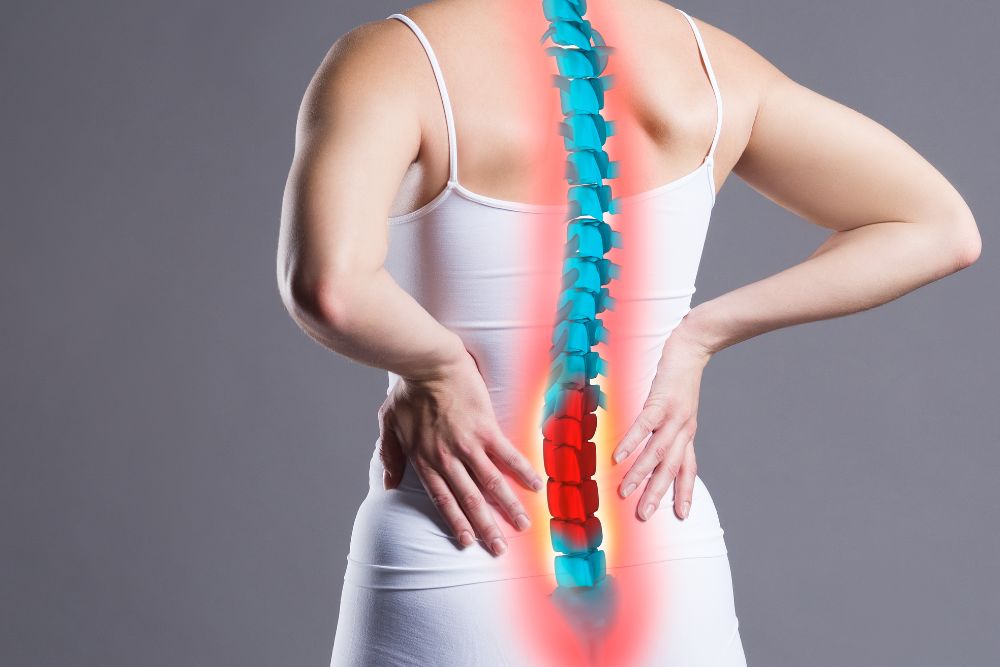Sciatica
Sciatica Treatment in Charlotte, NC
Symptoms of Sciatica
The most common symptom of Sciatica is low back pain that extends through the hip and down one leg. The pain can feel like a bad cramp that lasts for days or more. Pain can become worse whenever there is an increase in pressure. Increases in pressure can happen when sitting, bending to one side or another, coughing or sneezing. In addition to pain, numbness, tingling, and weakness in the leg and foot is not uncommon.
This is not a golden rule, but just something to consider; If you have pain or numbness and tingling down the back of your leg, but you don’t have low back pain, then you may not have true Sciatica. You may have another condition that is creating the same symptoms but needs to be treated differently (example: Piriformis Syndrome).

Who is Affected by Sciatica?
It is most common for individuals to first experience Sciatica between the age of 30 and 50. Pregnant women may experience Sciatica because of increased pressure due to the developing fetus and expanding uterus. Older individuals are also commonly affected due to disc degeneration and arthritis in the spine.
What To Do About Your Sciatica?
In an ideal world, you ensure that your low back is in good shape, and Sciatica is never even a possibility. If you begin to experience all or some of the symptoms listed above, it is recommended you have a consultation with a chiropractor. Imaging in the form of X-Ray and MRI may be necessary depending on the individuals age, condition, and severity of symptoms. It is possible, and with a high success rate to treat Sciatica conservatively. Chiropractic adjustments, and spinal decompression can alleviate most if not all of your symptoms. If the problem is severe, more aggressive approaches may be necessary, and then you may want to consult a neurologist and surgeon.
What if I Have Symptoms Like Sciatica, but No Back Pain?
If sciatic-type symptoms are present and there is no back pain, it may be necessary to have an X-Ray or MRI taken. In our office, we would begin to assess the muscles surrounding the Sciatic nerve to look for a culprit there. We do so by assessing range of motion, the overall condition of the muscles, and orthopedic testing to find the cause of the symptoms.
Piriformis Syndrome
A common cause of sciatic symptoms is a condition known as Piriformis Syndrome. The piriformis is a muscle located deep with in your hip and is responsible for turning your feet out. The sciatic nerve typically runs just underneath the piriformis. If the piriformis is tight, or spasming, it can cause irritation on the sciatic nerve and symptoms can show up. It is important to consider the piriformis if you are having symptoms, especially when back pain is not present.
Recommended Treatments
